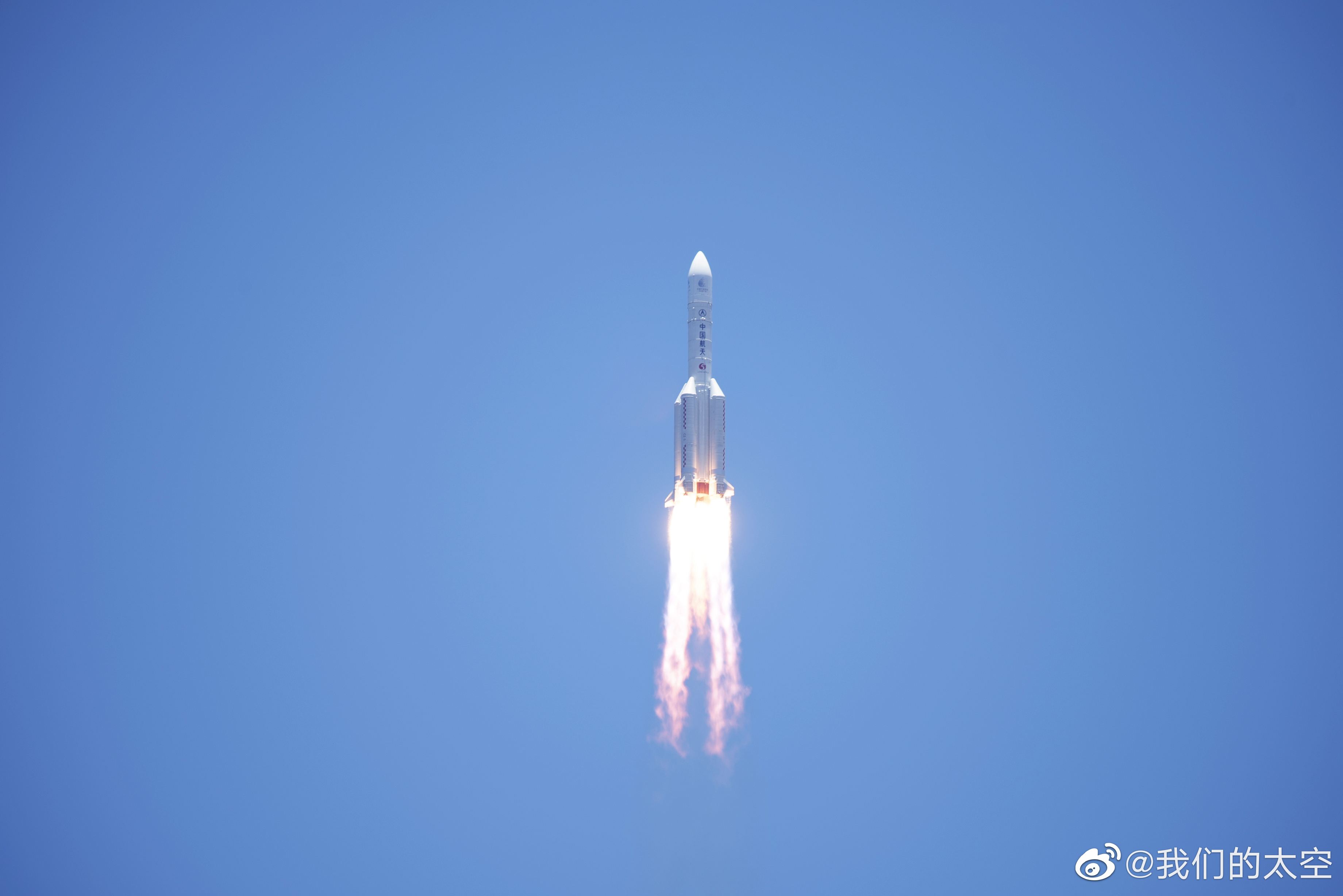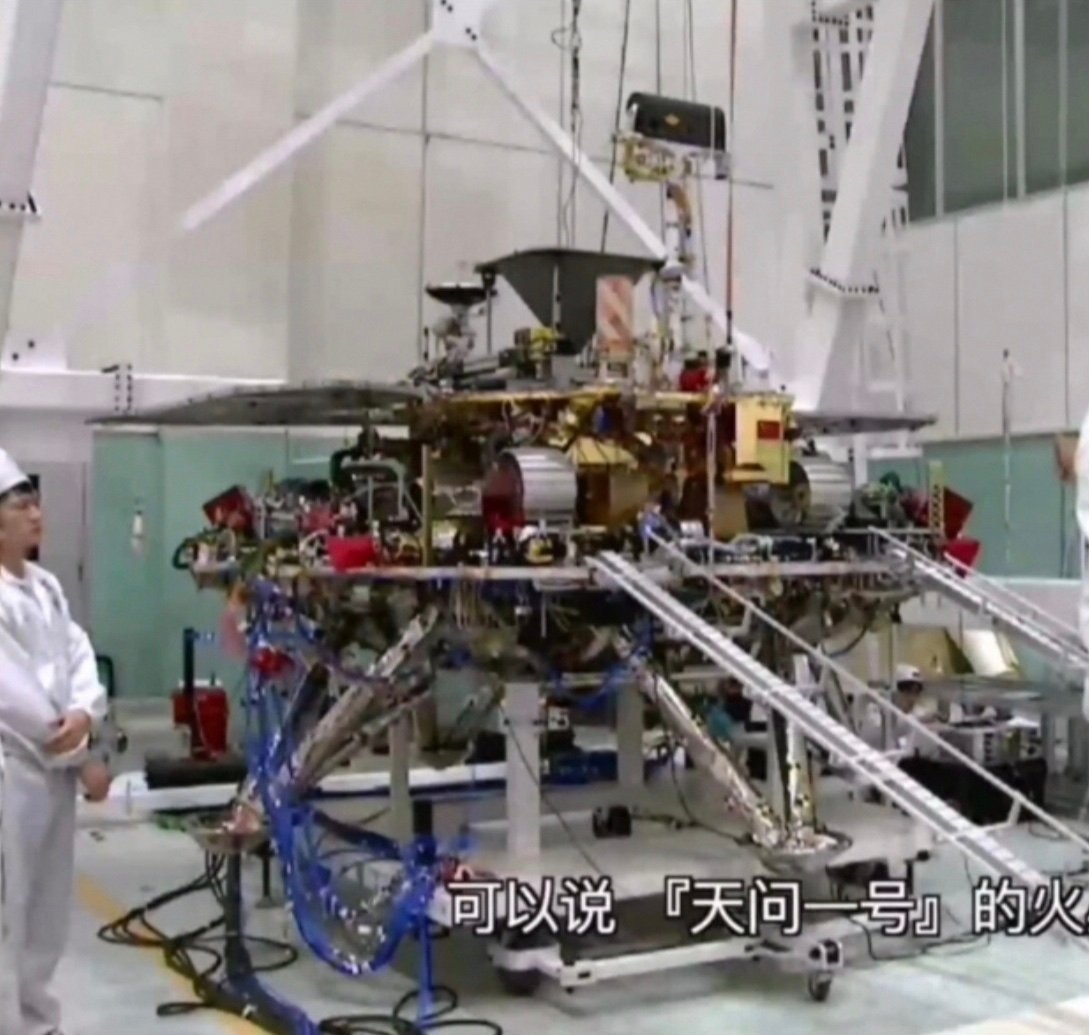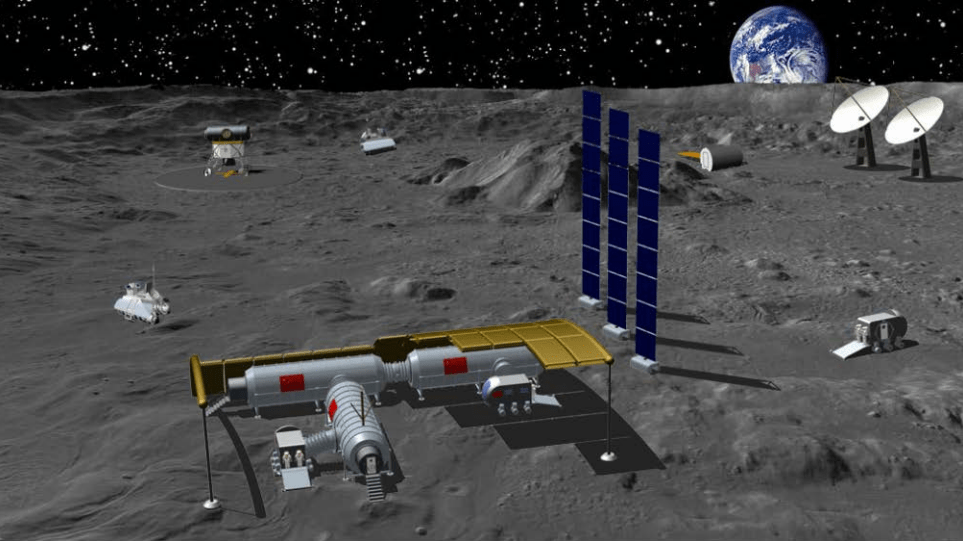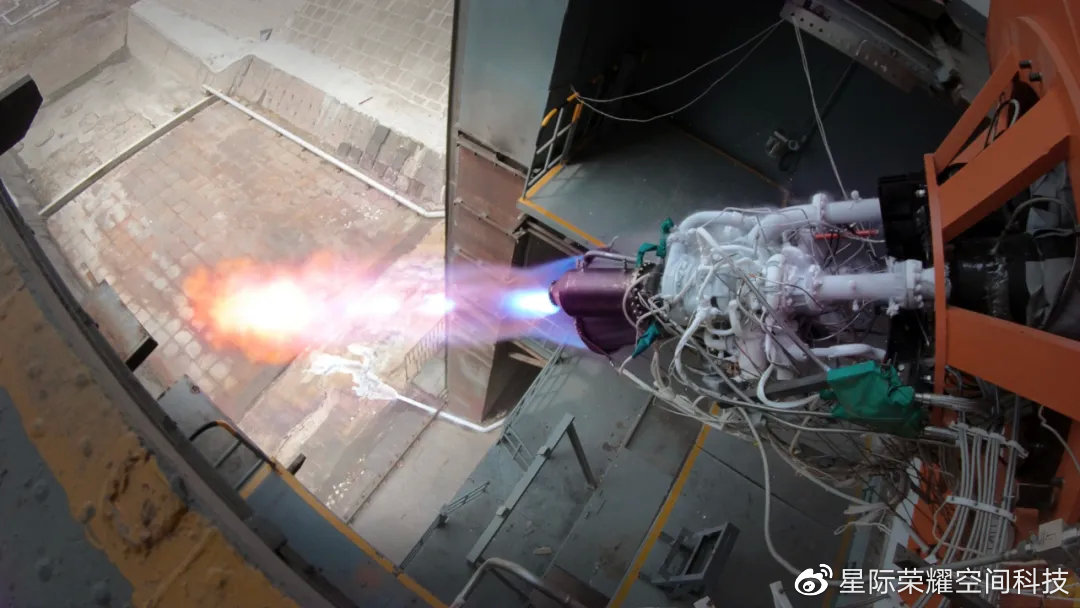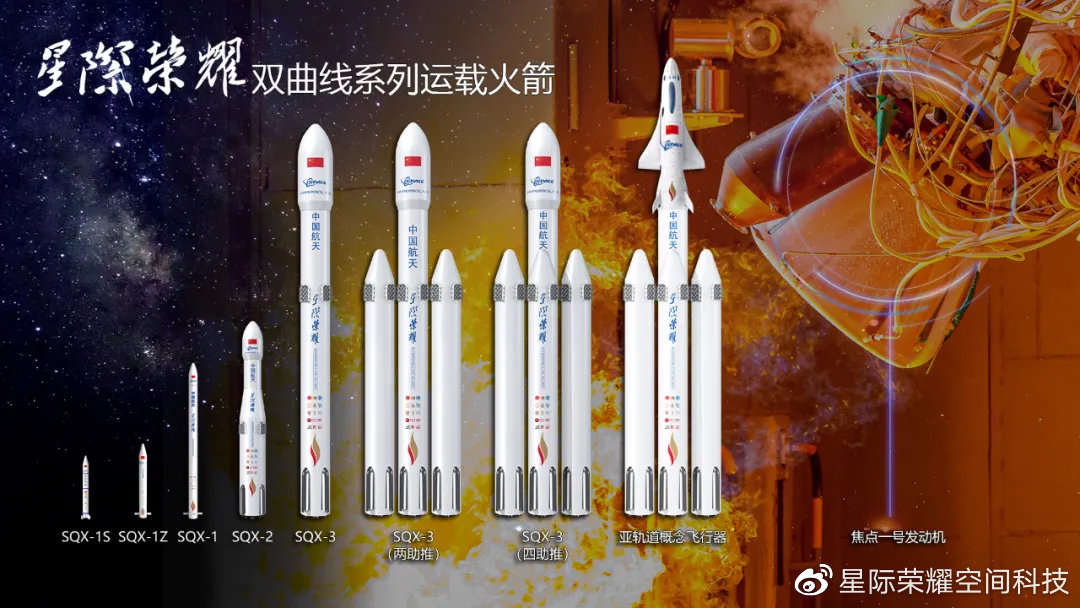China is aiming to attract partners for an international lunar research station

spacenews.com
HELSINKI — China has developed a vision for an international lunar research station and is seeking international involvement in the project.
The project, named the International Lunar Research Station (ILRS), is to be situated in the lunar south pole region. It will be developed through a number of upcoming robotic Chang’e missions across the 2020s and expanded through the 2030s.
The ILRS envisions the Chang’e-,6, -7 and -8 missions and potential international missions as forming the basic setup. In the early 2030s an expanded ILRS will involve long-term robotic and potentially short-term crewed missions. A long-term human presence at the lunar south pole is the goal for 2036-2045.
Objectives include “construction and operation of human[ity]’s first sharing platform in the lunar south pole, supporting long-term, large-scale scientific exploration, technical experiments and development and utilization of lunar resources’, according to a presentation to the Scientific and Technical Subcommittee of the Committee on the Peaceful Uses of Outer Space (COPUOS) earlier this year.
China National Space Administration official Pei Zhaoyu stated
last year that a lunar project will be jointly designed, with its implementation to be coordinated and the results and achievements to be shared.
Both Roscosmos and the European Space Agency have had discussions with China with regards contributing to the project.
Roscosmos chief Dmitry Rogozin last month
told Russian media China and Russia had agreed they will “probably” build a moon research base together, following talks with Director of the China National Space Administration Zhang Kejian.
The two sides have earlier
agreed to open the Chinese
Chang’e-7 and Russian Luna 26 missions to science payload contributions from the other party.
ESA is also quietly interested. “At ESA we are following the Chinese lunar exploration plans very closely in order to see where our respective programmatic interest could meet, primarily the CE-6, -7 and -8 missions but also the ILRS initiative”, Karl Bergquist, ESA’s international relations administrator, told
SpaceNews.
The ILRS initiative appears to somewhat echo the notion of the ‘Moon Village’ put forward by Jan Woerner, the Director General of the ESA.
China is expected to launch its
Chang’e-5 lunar sample return mission on a Long March 5 around November. If successful, the backup Chang’e-6 mission will then target the lunar south pole for sample return around 2023-24.
Chang’e-7 is also scheduled for 2024. Chang’e-8, scheduled for around 2027, designed for in-situ resource utilization and 3D-printing technology tests, as well as life science and tentative deployment of a small scale inflatable, will follow.
China is aiming to attract partners for an international lunar research station

spacenews.com
